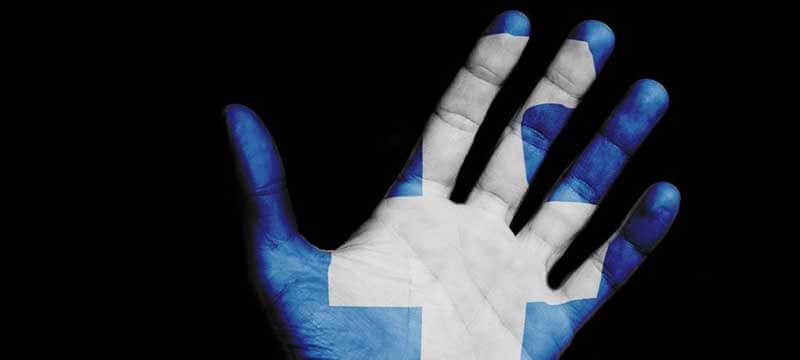- The Facebook/Cambridge Analytica scandal first brought psychographics into the mainstream
- Psychographics allow you to learn the opinions and values of people
- You can use these shared values to forge stronger bonds with your customers
For years, marketers have been using demographic data to categorise consumers according to their age, gender, race, sexuality, education, and income, and then drawing on that information to target potential customers with personalised ads. Although this approach has been successful, the biggest problem is that it doesn’t take into account the personality of the individual consumer — it simply isn’t fine-grained enough for individual analysis.
Think about it: does every 30-year-old white, divorced man with children like the same things? Does every 20-year old black, single woman with no kids? No, they most certainly don’t! That means they won’t respond to ads in the same way either. So, how do you solve this problem? That’s where psychographics come in.
The Facebook/Cambridge Analytica scandal first brought psychographics into the mainstream
The term psychographics refers to a type of research that studies and classifies people according to their psychological attributes, such as values, opinions, tastes, interests, or attitudes. Unlike purely demographic analysis, psychographics attempt to capture the differences within and between these common categories, capturing details and drawing connections that other market segmentation approaches miss.

Psychographics first gained widespread attention in the wake of the Facebook/Cambridge Analytica scandal, in which a British political consulting firm managed to get their hands on private data from more than 50 million Facebook users and used it to help the Trump campaign win the US election, as well as influence the Brexit vote. While it’s difficult to say with certainty just how much of an impact it had on the outcome of these events, the episode does serve as a powerful demonstration of the impact of psychographics.
Psychographics allow you to learn the opinions and values of people
Of course, psychographics has applications that extend far beyond politics. In marketing, it can be used to help companies advertise to their customers more effectively by learning more about them, such as the things they like or don’t like. Today, it’s no longer enough to know someone’s age and sex to be able to devise a marketing strategy that can appeal to them; you also need to know what they care about, how they spend their day, where they hang out, and what they believe in. Psychographics allows you to learn why people buy the things they do and use that knowledge to show them content that is directly relevant to them. In the past, psychographic data was difficult to collect and even harder to make sense of. However, that has changed with the rise of the internet, making psychographics more accessible and actionable than ever before. According to Michal Kosinski, who developed the algorithm that can reverse engineer someone’s personality simply by analysing their Facebook likes, it takes just 300 likes for his algorithm to gauge a person’s personality more accurately than their spouse!
You can use these shared values to forge stronger bonds with your customers
In recent years, more and more companies have started expressing their own opinions of the world and attaching values to their brand. This allowed them to attract people who share similar values and forge stronger bonds with them. When people know that a particular brand stands for the same things they do, they are more likely to identify with it and remain loyal. For example, the US outdoor clothing company Patagonia is known for its commitment to social and environmental responsibility, donating 1 per cent of its sales to various grassroots environmental groups and frequently using recycled materials to produce their clothes. Most people applaud that, and it’s a smart marketing strategy.
However, this approach can also lead to controversy, and companies run the risk of alienating those who strongly disagree with the values and opinions they choose to express. For that reason, they tend not to choose divisive issues or problematic values in these campaigns.
But mistakes still happen, the US retailer Gap recently launched an ad campaign for their new back-to-school collection that features a young girl wearing a hijab. While the ad was warmly welcomed in the US, where it was praised for highlighting diversity, it caused a great deal of controversy in France, with various members of the French government voicing their disapproval on social media. “This advertisement is an insult to childhood … No hijab in our secular schools,” tweeted Agnès Thill, a French MP who sits on the national commission for education and cultural affairs. Some people even started a petition calling for Gap Europe to disassociate itself publicly from the campaign. In this case, different geographic psychographics created a real problem.
Psychographics can be a powerful marketing tool, allowing companies to learn more about their customers, including what they care about and what they believe in, and adjust their marketing strategy accordingly. Companies can also use them form stronger bonds with the public by attaching values to their brand. However, this approach also comes with an inherent risk of alienating groups who don’t share similar ideals. It’s also worth noting that psychographics works best as a holistic practice that incorporates other market segmentation tools like demographics, geographics, and behavioural data. While all of these can be useful on their own, only when combined do they provide a complete picture and allow companies to target customers more effectively.
Share via:


